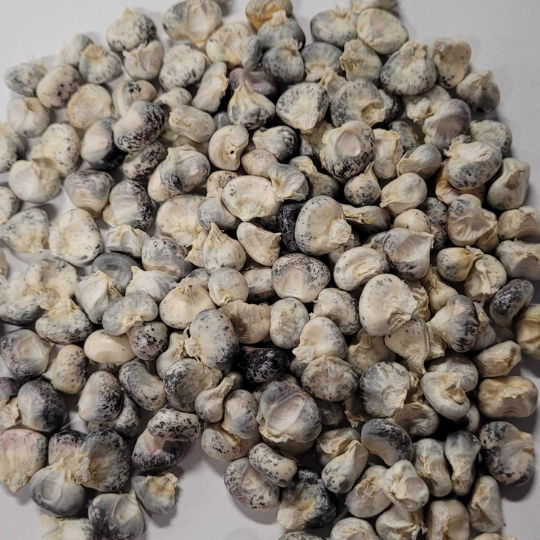- Thread starter
- #2,311
heirloomgal
Garden Addicted
- Joined
- Jan 17, 2021
- Messages
- 5,135
- Reaction score
- 16,848
- Points
- 285
- Location
- Northern Ontario, Canada
The last few tomatoes that need fermenting. I’m quite pleased that Gruschevij turned out so well, I had only one seed left that sprouted. That one was a rescue mission since no one offers it here anymore.




